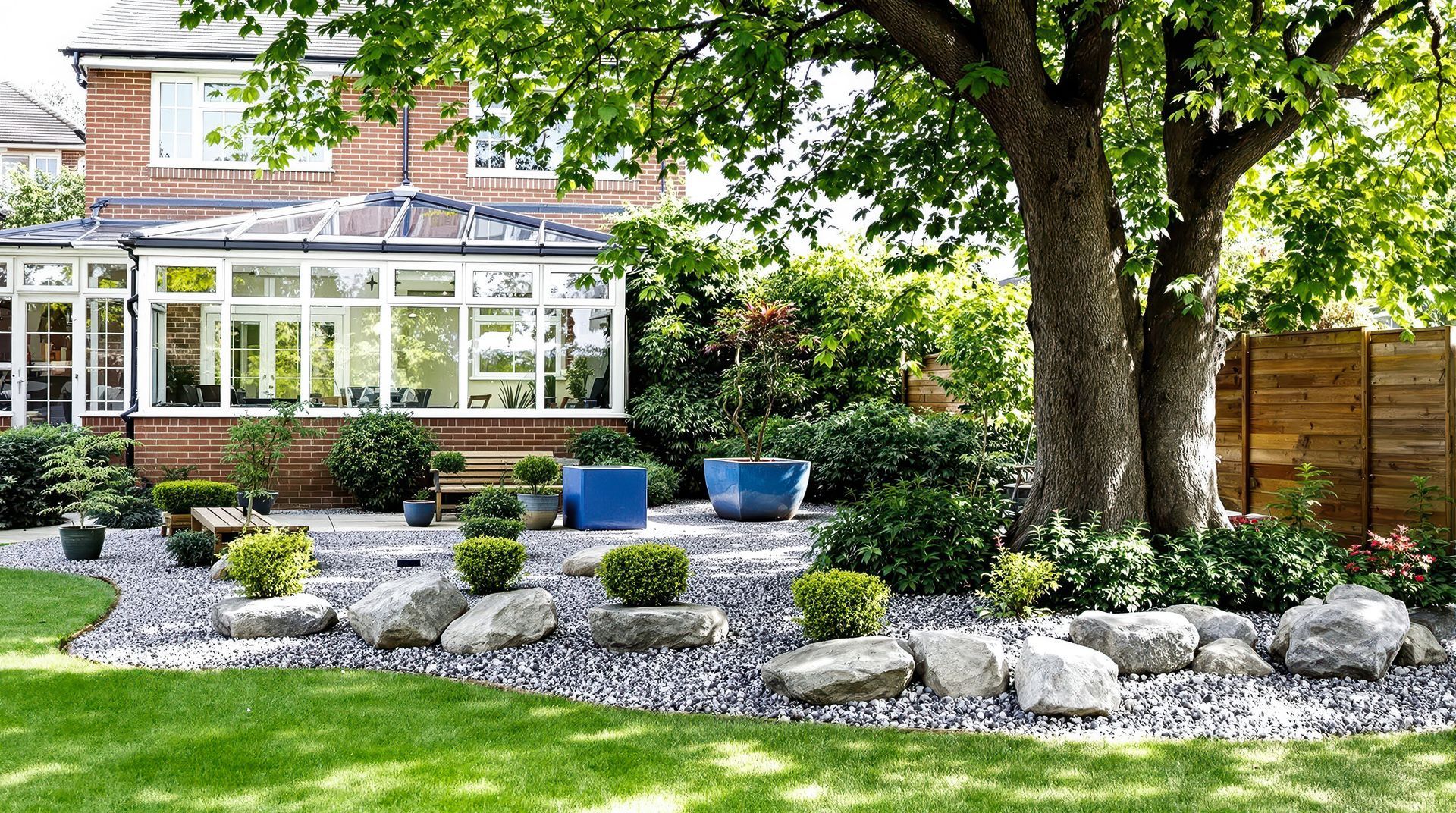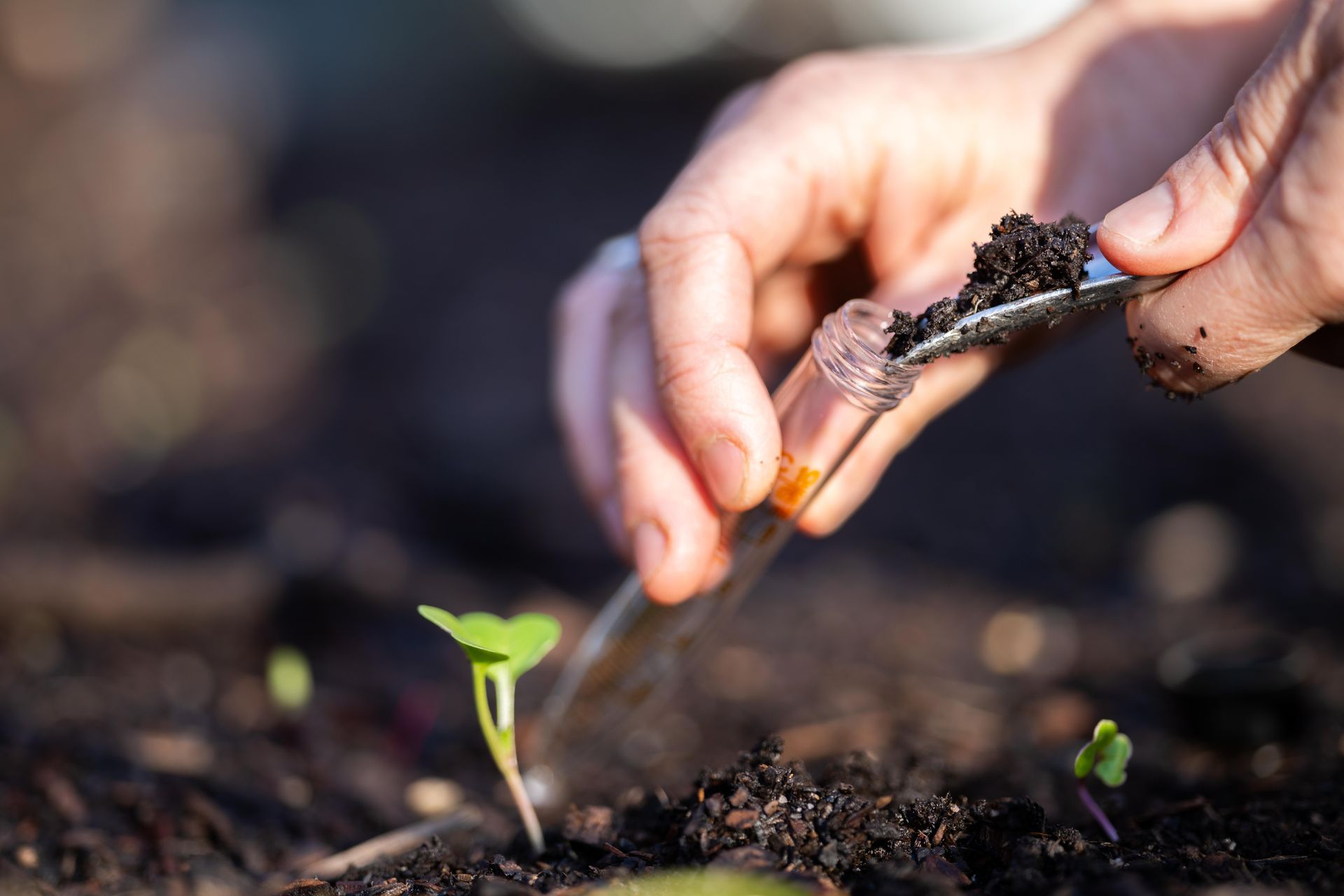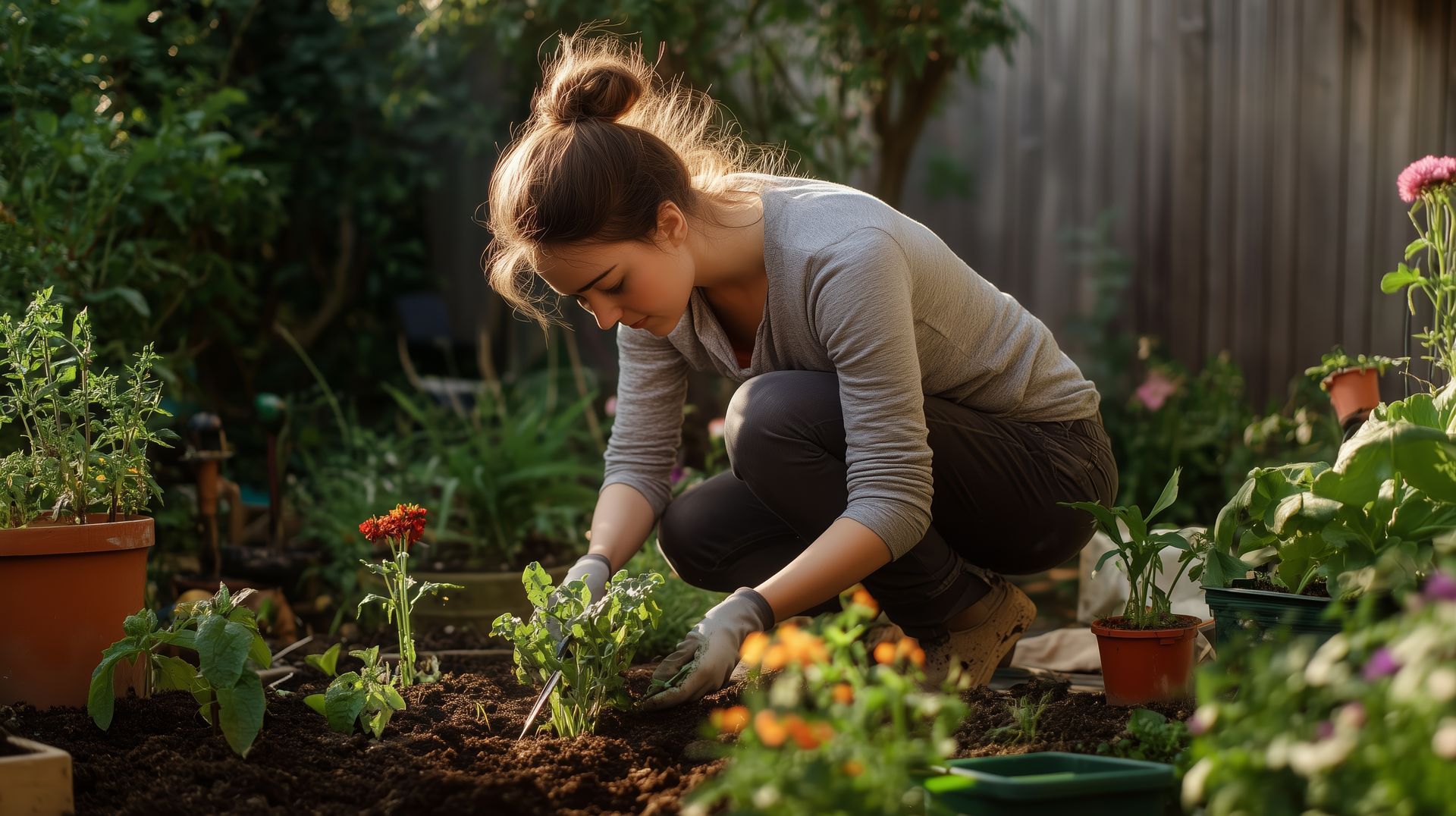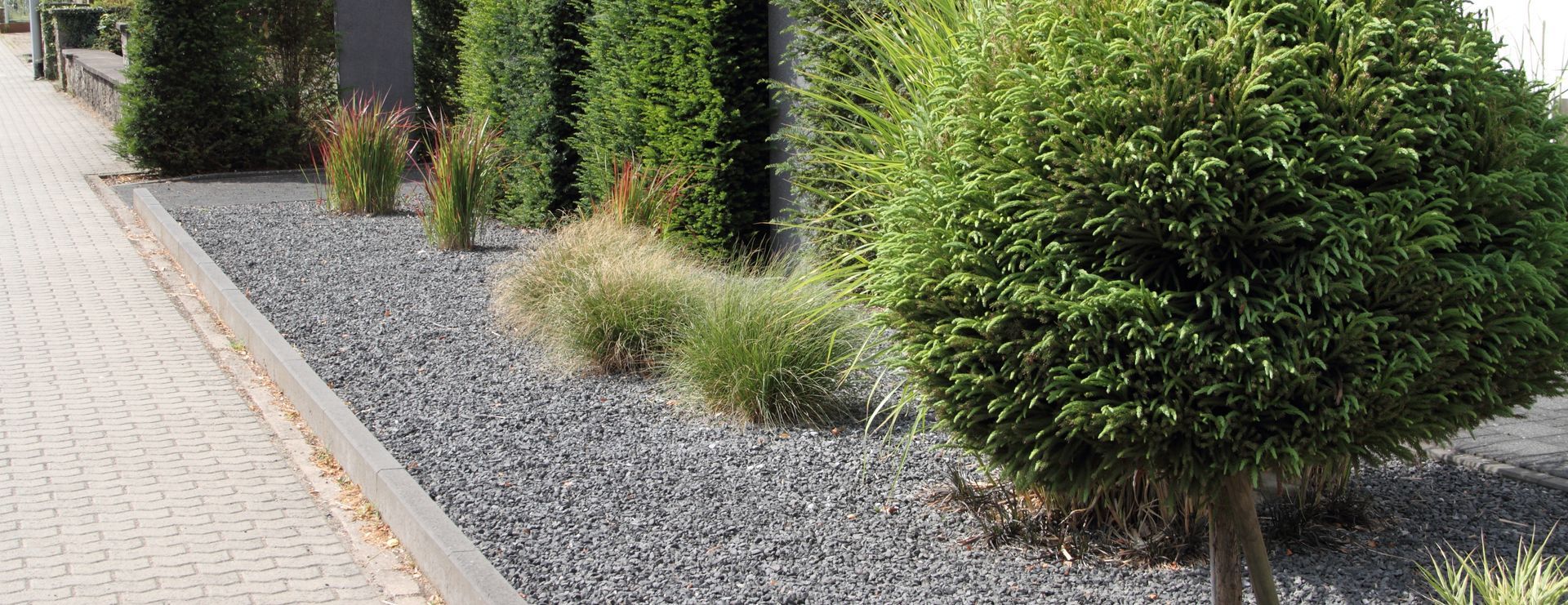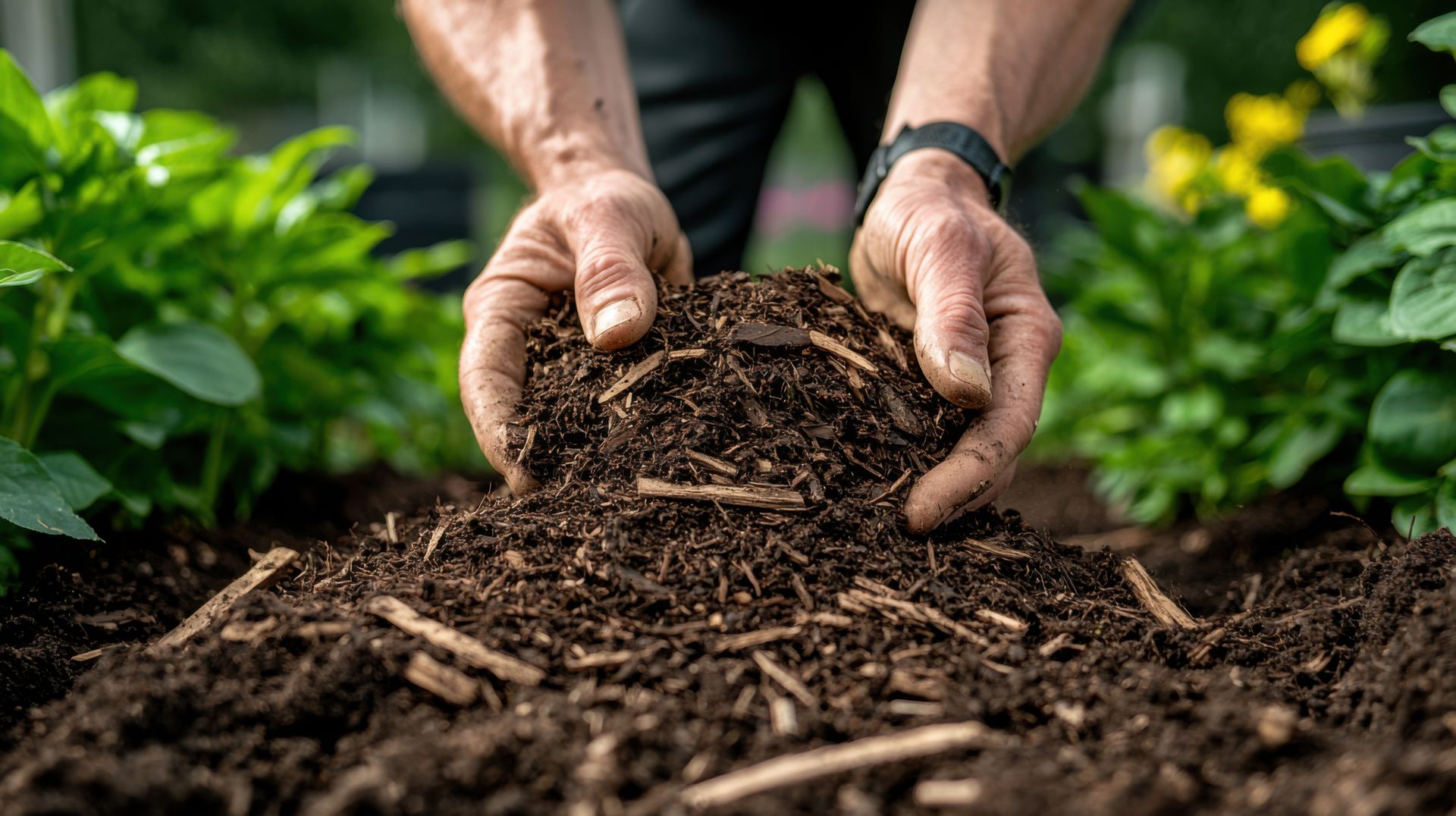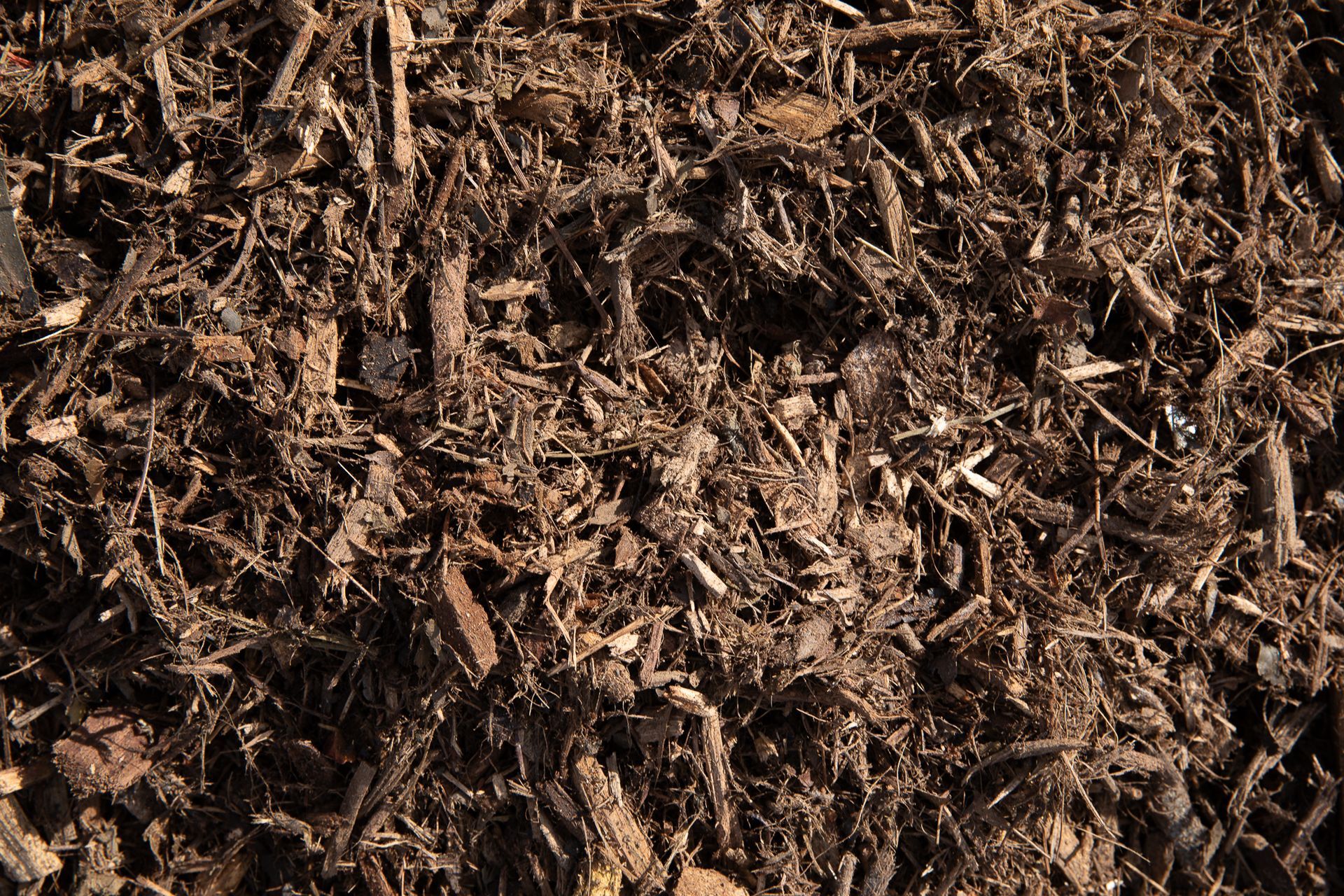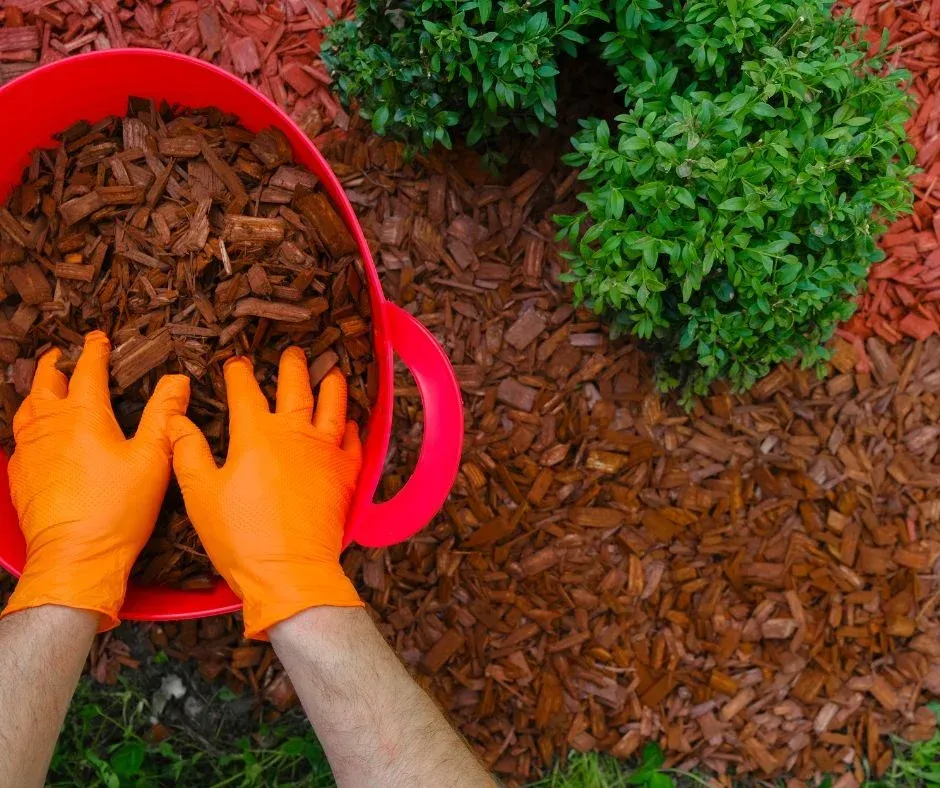Boosting Kids' Health with Playground Chips

Playgrounds have always been synonymous with childhood fun and laughter. They provide children with a space to run, climb, swing, and explore, fostering physical activity and social interaction. However, in recent years, there has been a growing trend to make playgrounds even more beneficial for children's health by incorporating innovative features like "playground chips." In this blog, we will delve into what playground chips are and how they are boosting kids' health in various ways.
What Are Playground Chips?
Playground chips, also known as safety surface materials or mulch, are specially designed ground coverings used in play areas to minimize the impact of falls and provide a safer environment for children. These chips are typically made from natural materials like wood, rubber, or foam, and they are spread evenly across the play area to create a soft landing surface.
Now, you might be wondering how these playground chips are helping to boost kids' health. Let's explore some of the ways they are making a positive impact:
Preventing Injuries
Safety should always be a top priority in any playground. Playground chips act as a cushioning layer that helps reduce the risk of injuries from falls. When children run, jump, or climb on play equipment, there's always a chance of accidents. Playground chips create a softer surface that absorbs the shock of falls, minimizing the severity of injuries like scrapes, bruises, and sprains.
One of the key benefits of playground chips is that they encourage physical activity. Children are more likely to engage in active play when they feel safe and comfortable. Knowing that they won't get hurt as easily on a cushioned surface, kids are more willing to run, jump, and explore, helping them stay active and healthy.
Enhancing Accessibility
Playground chips also play a crucial role in making play areas accessible to children of all abilities. For children with disabilities, a soft and even surface can make it easier to move around and participate in play activities. This inclusivity ensures that all kids can enjoy the benefits of outdoor play.
Fostering Social Interaction
Playground chips offer a comfortable gathering space for children to socialize and collaborate in play. Whether it's playing tag, building sandcastles, or simply sitting together to chat, these soft surfaces provide a welcoming environment for social interaction, helping kids develop essential social skills.
Supporting Cognitive Development
Outdoor play is not just about physical health; it also contributes to cognitive development. Playground chips provide a tactile experience, allowing kids to explore textures and use their imagination. From building imaginary landscapes to digging for "treasures," these soft surfaces can stimulate creativity and problem-solving skills.
Playground chips are more than just a safety measure; they are a valuable tool for promoting children's health and well-being. By providing a safer play environment, encouraging physical activity, fostering inclusivity, enhancing social interactions, and supporting cognitive development, these innovative surfaces contribute to the holistic development of children. So, the next time you visit a playground with your child, take a moment to appreciate the impact of those soft, cushiony chips beneath their feet, boosting their health in more ways than one.
